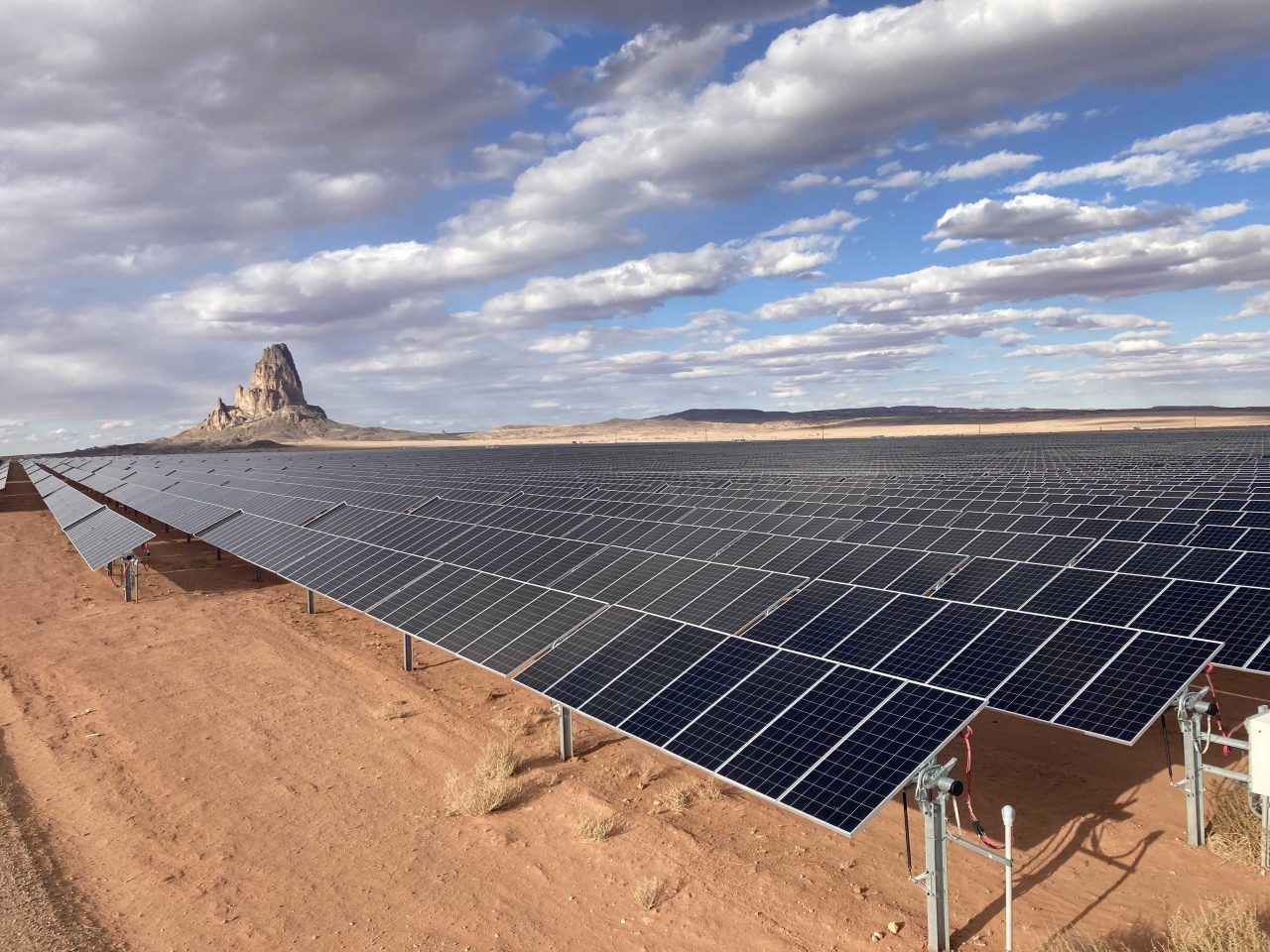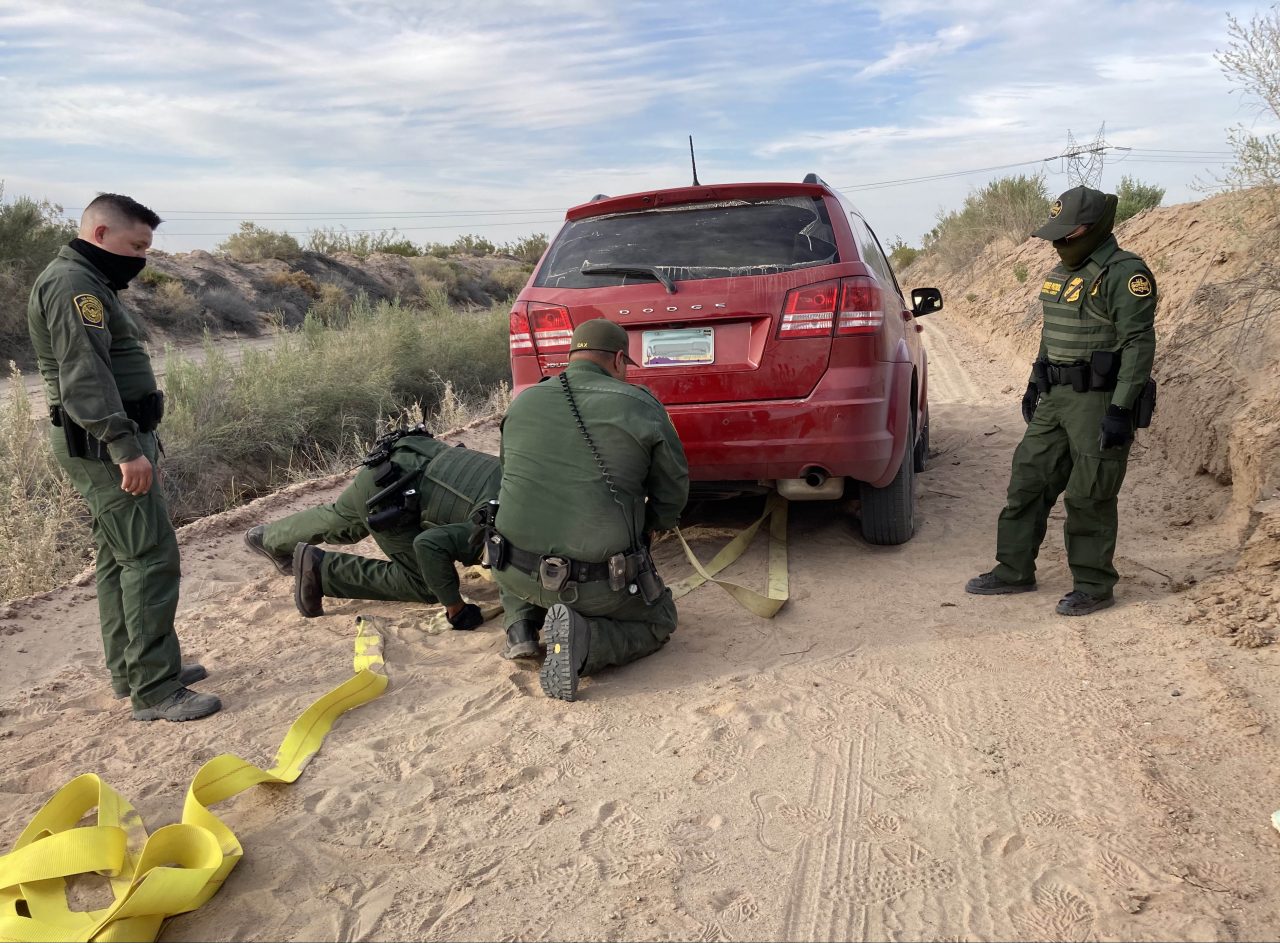At Little Sun, we believe in the power of the arts to raise climate change awareness and help us imagine a more sustainable future in which everyone thrives. This is why we’re delighted to present you Fast Forward, a series of short films created by artists from Ethiopia, Senegal, and the United States and featuring over 300 global voices.
By offering open, intimate dialogue and creating accessible stories, Fast Forward aims to show that global, collectivized action against climate change is possible.
To better understand the motivation of artists to address the global energy crisis through their work, we interviewed Ezra Wube, Ghost of a Dream, Naod Lemma, Jessica Segall, and Selly Raby Kane, all part of the Fast Forward project, and discussed the role of art to light the way toward a more just and sustainable future.
Today, we meet you with Jessica Segall, the artist behind Say When.
Jessica Segall is a video artist, performer, and sculptor from Brooklyn, New York. Hostile and threatened landscapes are often sites for her work, where she plays with both the risk of engaging with the environment and the vulnerability of the environment itself.
Fast Forward’s film Say When is set throughout the United States’ Solar Energy Zones—250,000 acres of public land designated for solar infrastructure that is almost entirely unused. There, Segall walks through the desert landscape holding a mirror to the sky, personifying a heliostat, a centuries old technology that generates energy from the sun. Say When reminds us of our ability to manifest a world powered by the sun in the Solar Energy Zones and far beyond.

LS: What motivated you to be part of Little Sun’s Fast Forward project?
The United States is the second largest producer of greenhouse gasses in the world and one third of those gasses are from electricity production. My motivation to be part of Fast Forward was a concern for the rate of consumption of natural resources on our planet and the impact of extraction. We need to move from fossil fuel reliance into sustainable energy production, which had aggressive resistance in the US administration at the time of the open call. I hope that as an artist I can contribute to a meaningful discussion on solar energy and shared climate futures.
LS: Can you describe the main focus of your film?
In 2012, 250,000 acres of public land was designated for solar infrastructure by the Bureau of Land Management. These sites remain almost entirely undeveloped, receiving few expressions of leasing interest to this date. I set out to witness the sun’s path in the Solar Energy Zones. This project took me to the Sonoran, Amargosa, Great Basin and Escalante Deserts of the American West, while stopping at established solar sites along the way. My aim was to see the sites, the land, witness its scars, history and flourishing life, while imagining the potential for renewable development.

LS: Why did you choose to explore this subject? Did anything in particular inspire you?
I have been working with solar power in my artwork for some time – from solar-powered sculptures to researching the power grid and mining laws. How public land is regulated for private interest and energy development has been a focus of research for some years.
LS: What role do you think artists can play in our shift to a regenerative world?
We all have a role to play in the future of our planet, making daily choices in consumption – material or ideas. It’s not just up to activists and policy makers. Artists have skills in visual storytelling, and in forging unexpected connections. We access the unexpected and illogical, opening up new ways of thinking. So much of our world is reliant on origin stories and what we can imagine as a future. Through storytelling we can change a shared imagined future and get to work on it.
LS: What’s been the highlight of working on this project for you?
The highlight of his project was both in the line of inquiry and conversation with the advisory board from creative and scientific fields, and the experience of traveling to solar energy sites in person. It opened up a new understanding for me of what economic and political barriers there are in building sustainable futures. The SEZs were stunning landscapes and gave me a greater understanding of the geography, history and stewardship of public lands.




LS: How about the challenges? Were there any unexpected surprises?
The SEZs were in some of the most remote places in The United States. I had to carry my own water and camp in extreme temperatures. Some of the shots had to be rescheduled around snowfall and no matter how much planning went into the shoots, some shots could not be used due to high winds shaking the drone and tripods. Also getting my car stuck in the sands along the All-American Canal, getting towed by border patrol and having a sun scorpion hide in my tent were some of the unexpected surprises.

LS: What’s next for you after Fast Forward?
I am currently working on a solo exhibition at Locust Project in Miami on “Reverse Alchemy” opening in December. It will include new video works and a garden of phytomining plants, tracing my placement of refined gold back into the landscape to reduce its toxicity / toll on extractive mining and economic accumulation. Another project in the works is a new film set in active wildfires across the American West.
To watch all short films and read more about the Fast Forward artists and advisors, click the button below.


